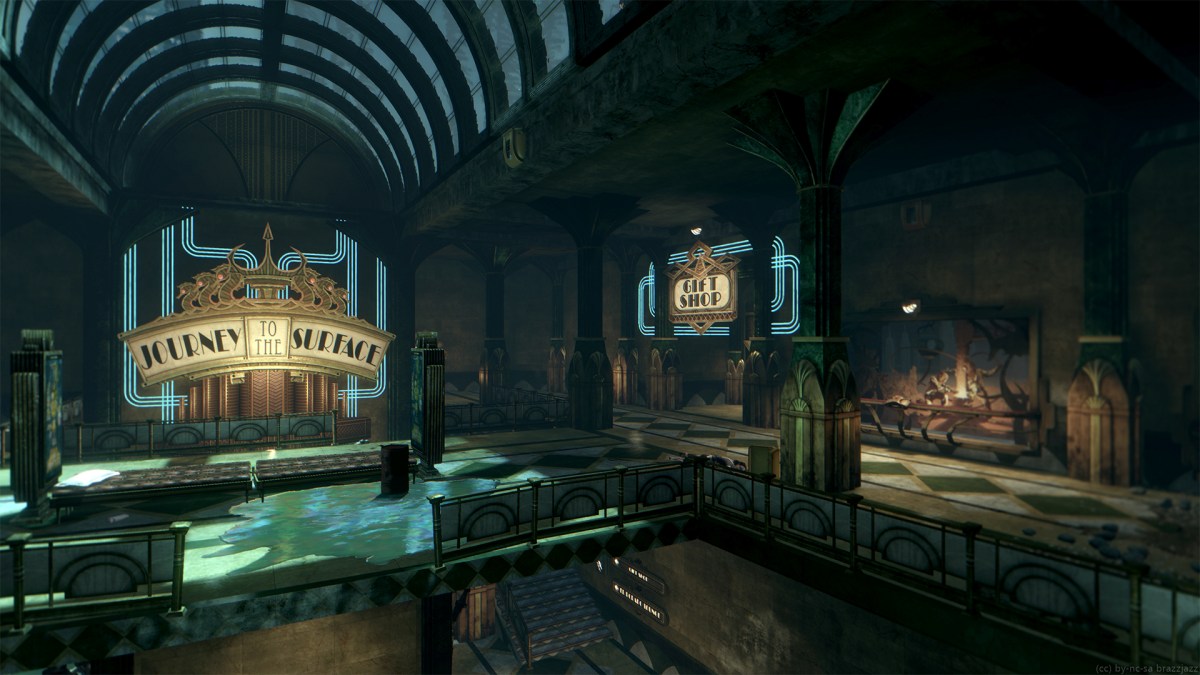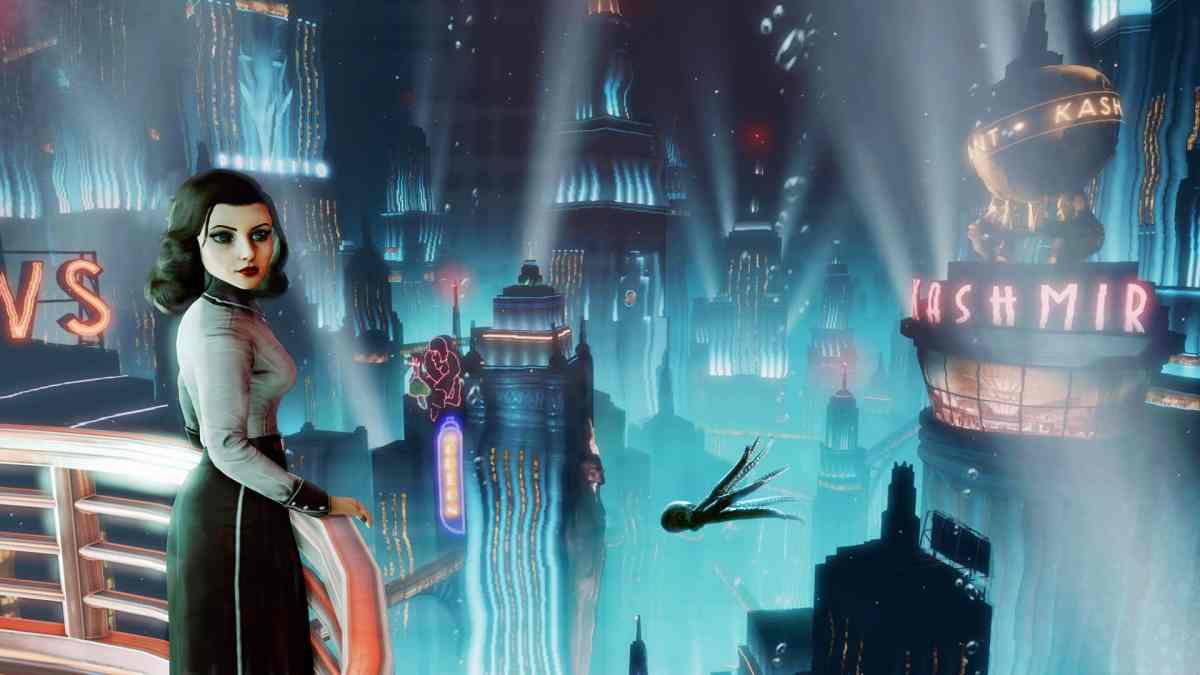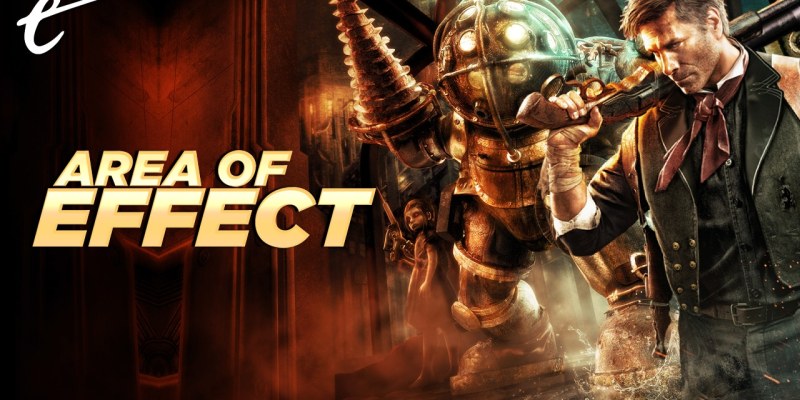“There’s always a lighthouse. There’s always a man. There’s always a city.” So said Elizabeth in BioShock Infinite, but the more I think about BioShock 4, the more I hope developer Cloud Chamber steers clear of that blunder.
It’s not that there’s anything wrong with linking the games thematically; both BioShock and BioShock Infinite feature a wondrous, hidden city, the brainchild of some business magnate or religious leader. And in both cases, a man is sent into the city with a purpose that incurs the wrath of that leader.
BioShock Infinite’s rowboat journey gives you plenty of time to ponder the commonalities, and if the rumors are true, BioShock 4 will follow a similar template. Set in the 1960s, you’ll allegedly be exploring an Antarctic city called Borealis, and yes, things will probably be less than perfect.
But where BioShock Infinite went wrong was in shoving the games’ similarities in your face and then, just in case you didn’t get it, laboring the point with its Burial at Sea DLC. In doing so, it undermines the original BioShock to the point where I don’t see it in the same light. I’ll explain, but we are going to be stepping into spoiler territory.
BioShock Infinite concerns itself with the multiverse — it reveals that Columbia, the floating city you explore, is one of many Columbias and that the Elizabeth your protagonist has been sent in to rescue isn’t that dimension’s Elizabeth. While I won’t reveal the crime he’s guilty of, protagonist Booker DeWitt (or possibly an amalgam of multiple Bookers) is drowned by multiple Elizabeths, concluding the main game.

It’s a fitting ending for Booker DeWitt’s story, albeit one that takes a little while to get your head around. Where BioShock Infinite goes wrong is that it makes BioShock’s Rapture a subset of Infinite’s multiverse, hence the, “There’s always a lighthouse. There’s always a man. There’s always a city.”
Suddenly, instead of being this beautiful and unique, though doomed, achievement, it’s just one of many. Sure, if Columbia is the norm, as implied by the presence of multiple Elizabeths, it’s more of an oddity, but it was always going to exist. In turn, that raises the question of just how much free will Andrew Ryan had. Did Rapture, flawed as that vision was, really spring from his mind? Or was he always fated to create it?
So, revisiting BioShock, I found the ride down to Rapture much less haunting than it once was. Prior to tackling BioShock Infinite, I’d played through the game several times and the trip left me breathless each time. But now, this miracle city was just one of many, and if it wasn’t really Ryan’s idea, he was little more than some mustachioed Elon Musk.
BioShock Infinite: Burial at Sea reveals that several of BioShock’s technological achievements were developed in concert with Columbia, albeit without Ryan’s knowledge. It diminishes the impact of some of BioShock’s strange inventions; the Big Daddies, for example, were developed in concert with Infinite’s Songbird.

Yes, it might be cool to visit a pre-fall BioShock, as featured in Burial at Sea, but I didn’t need to see that. Between the ruins of Rapture and the audiologs I plundered roaming its halls, I’d gotten a pretty good mental picture of the city’s excess.
That’s not to say that directly linking Rapture and Columbia doesn’t serve BioShock Infinite’s story. I’ll admit there’s a certain poetry to the cities contributing to each other’s downfall, and I appreciate that Irrational Games gave Elizabeth her own story, though its conclusion seems unnecessarily cruel and unearned. But was it worth everything BioShock Infinite took away from the original BioShock (and, to a lesser extent, its sequel)? No. And Infinite could have told its story without bringing BioShock into the mix.
So what of BioShock 4? The good news is that Cloud Chamber is staffed by several people who worked on the original BioShock, so this isn’t merely a case of expecting a developer to take an unfamiliar franchise and just run with it. And jokes about ice levels aside, setting it in the Antarctic is an intriguing move.
But Cloud Chamber and publisher 2K should let BioShock 4 speak for itself — yes, there’ll be a city and maybe even a lighthouse, but that should be enough of a nudge for most BioShock fans. So, this time around, would you kindly let us remember Rapture in our own way?
